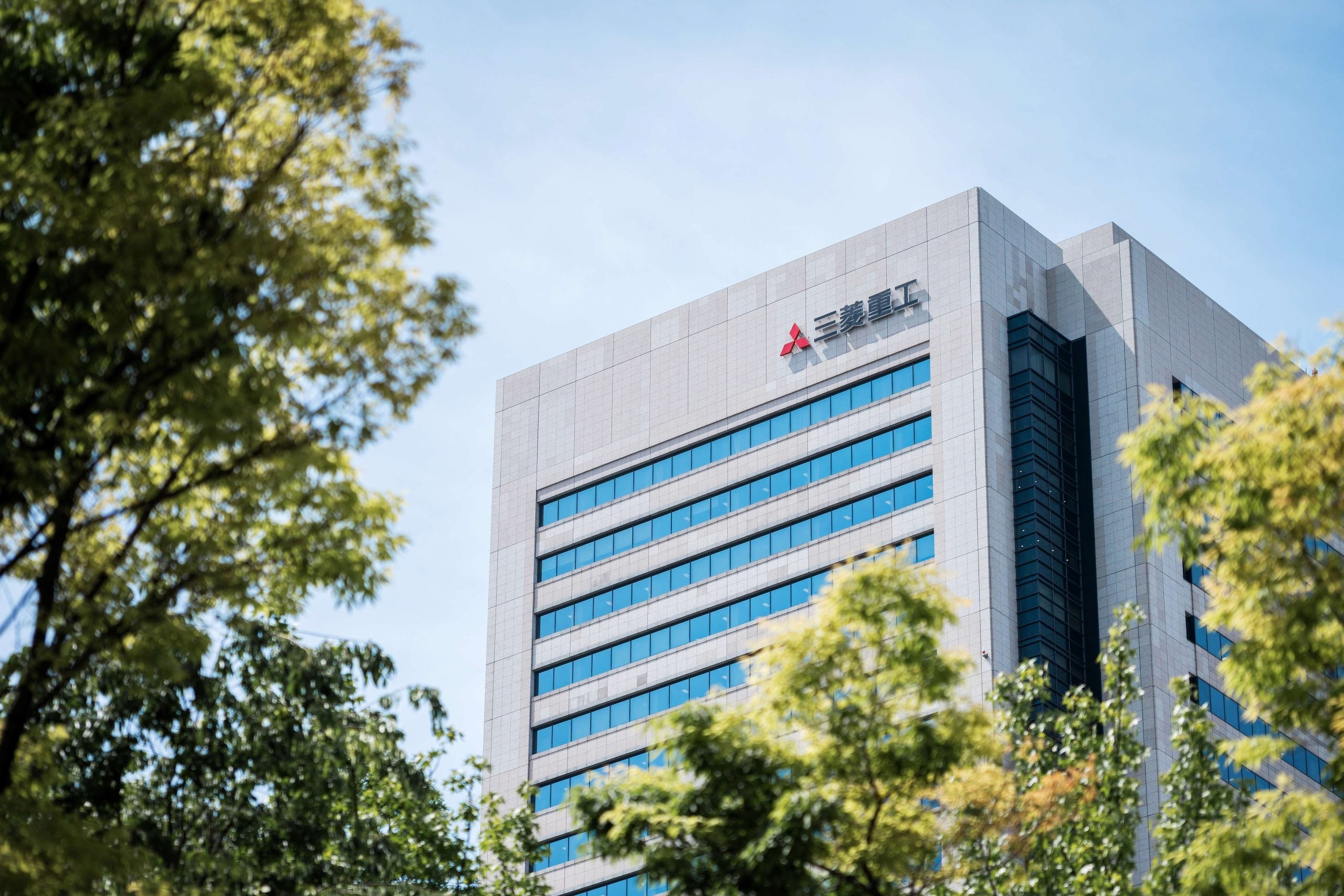
Mitsubishi Heavy announced plans to launch payloads up to six times annually using its H3 rockets, Bloomberg first reported on Wednesday (11 Oct).
H3 has not yet launched successfully. Japan aborted its first launch in February after its secondary booster engines failed to ignite. A reattempt in March also failed when the H3 rocket self-destructed over the Philippine Sea.

Access deeper industry intelligence
Experience unmatched clarity with a single platform that combines unique data, AI, and human expertise.
Last month Japan’s H2-A rocket took off for the moon after a string of delays due to bad weather. It is scheduled to reach the moon in January carrying an imaging satellite and a lander.
The commercial space sector, meanwhile, is quickly outpacing national space programs. SpaceX’s military-optimised Starshield gained a $70m contract with US Space Force in September and later announced a partnership with African e-commerce company Jumia to expand broadband internet in Africa.
Though the private sector entered the space economy as third parties contracted by government agencies, the sector has begun seeing the financial opportunities that could be gained by investing in space activities, especially using data from space to observe Earth.
Data from research company GlobalData’s 2023 Space Economy report showed that in 2022, the space economy was worth approximately $450bn.

US Tariffs are shifting - will you react or anticipate?
Don’t let policy changes catch you off guard. Stay proactive with real-time data and expert analysis.
By GlobalDataMarket estimates suggest it will be worth between $760bn and $1trn by
2030, growing at a compound annual growth rate of between 6%
and 10% between 2022 and 2030.







